Insect like a big wasp
- Hoverflies
- Bug predator
- Glasshouse Butterflies
- Bee
- Wasp rider
- Barbel beetle
Insect like wasp has nothing to do with lifestyle and behavior with the wasp itself. Experts call this phenomenon of imitation of an image a protective masking. Since the wasps are very aggressive, they attack many insects, some of them chose to copy the color. Observations have shown that wasps do not attack themselves.
Hoverflies
One of the most useful insects in our area, which a person tries to attract in his own way.Externally, the striped insect is very similar to the wasp, but also has similarities with a fly.
- The abdomen is striped with a black and yellow tinge, but unlike predators, yellow color predominates, and the stripes are narrow.
- Wings differ. They have more similarities with the fly - wide, transparent. In flight, they also behave differently than wasps.
Tumblers There are more than 6 thousand species. Some strongly resemble wasps, others hornets, third bees. Common everywhere. In the warm season they can be found in the beds with carrots, dill, parsley, flower beds with flowering plants. Adults feed exclusively on pollen; it is one of the most important pollinators.
On a note!
Larvae act as parasites. Superficially resemble leeches. They have no legs, sedentary, feed on aphids, insect eggs, spider mites. During the season, huge colonies of parasites of garden, garden and flower crops are destroyed. An insect that looks like a wasp has nothing to do with it. But many predators try to avoid the fly.
Predator
Black insect, looks like an earthen single wasp. The bug has an extended body, a mustache. Similarities with the wasp are found thanks to the striped abdomen.The upper part is covered with black color, covered with wings, black and yellow wide stripes are clearly visible from below.
The bug predator itself is a predator, easily attacks even poisonous spiders. Common everywhere. The brightest representatives live in tropical countries. Shows activity at night, in the afternoon is in shelter.
Some species feed on human blood, warm-blooded animals, are subject to destruction. Most attack insects, spiders. It has a great shutter speed. Can sit in a shelter for a long time, wait for the victim. As soon as she sees her, she immediately rushes to attack. Sticks proboscis, triggers a toxic substance. The poison instantly paralyzes the victim.
The same behavior is observed in road, earthen wasps. These representatives of the wasp family are called predators because of the need to lay eggs in the victim's body. Larvae dig into the belly, eat away from the inside. Until the end of the cycle, only the shell remains from the beetle, spider, large larvae.
Glasshouse Butterflies
An insect like a long-body wasp can be a butterfly. External similarities are striking.A distinctive feature are wide transparent wings with a pronounced pattern in the form of elongated lines. The body is large, massive, like a big wasp. Coloring in yellow-black wide stripes. On head long, twisted antennae are clearly visible.
On a note!
Flight is different. The butterfly flutters easily, does not make sudden movements, does not create buzzing sounds, as is typical of wasps.
The most common types of glass butterflies in countries in temperate climates are currant, poplar, and apple. It is a typical representative of garden pests. Eggs appear caterpillars that feed on the insides of shoots. Injected into the stalks, under the bark. Glassware is difficult to notice, withdraw, cause great harm to gardening. With wasp binds exclusively similar colors.
Bee
Insects like wasps are bees. They are extremely often confused among themselves. Bee and wasp have some similarities in lifestyle, even sting they just hurt. The bee has a rounded shape, the head, the chest is gray-black in color with thick long yellow fibers. Massive legs, well visible long mustache.A striking feature is the absence of “wasp waist” - a thin web between the chest and abdomen. The color is yellow-black, but the stripes are narrower, covered with yellow fibers.
Bees eat exclusively nectar, form honeycombs from wax, which they produce themselves. Due to their ability to reproduce honey, they have long been domesticated, living in hives. Periodically subjected to attacks of the wasp family. This fact disproves the claim that the wasps do not attack their own kind. Similarity in coloring should be explained by something else.
Rider
An insect with a long body and sting causes many to wrestle with the name of this creature. Riders refer to single wasps. They do not build typical nests, do not swarm. Common everywhere, include many genera, species. They differ in color, body length. Some do not have wings at all, more like ants.
The brightest representative - a rider with a long tail. Elongated body in black, high limbs, narrow wings, sting. Unlike other wasps, riders use a sting to lay their eggs. Thrust into the body of the victim, injected poison, lay off their offspring. On this the mission of the female ends. Larvae develop independently. The victims are spiders, beetles, butterflies, larvae of large insects.
Barbel beetle
Imitates the color of os plagionotonus - representative barbel beetles. It looks like bed bug. Solid chitinous cover, oblong body, distinctly distinguished head, very long, twisted whiskers. There are no transparent wings, the insect rarely flies. Color black and yellow stripes.
The body length of an adult individual reaches 22 mm. The female lays eggs in the wood. Over its entire life, it reproduces about 100 thousand of its kind. The larvae gnaw through numerous passages, spoiling the tree. Transformation into an adult takes a long time - up to 10 years. The typical representative of pests with which a person is leading a merciless fight.
The insect, which is extremely reminiscent of wasps, is a member of the same family - the hornet. The largest species, characterized by aggressive behavior. Destroys wasp, bee hives. The size of the body reaches 3 cm, the usual wasp - 1.5 cm. Massive body, powerful jaws, strong limbs. The giant bit bites, the poison causes severe allergies.
Wasps are unique insects whose lifestyle, behavior, and physiological abilities are a constant subject for study. Insects that have external similarities with them are no longer similar.

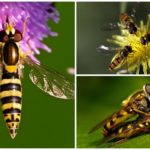
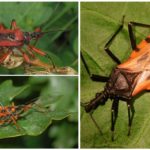
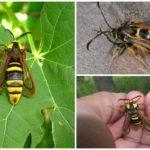
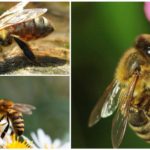
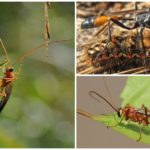
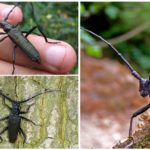
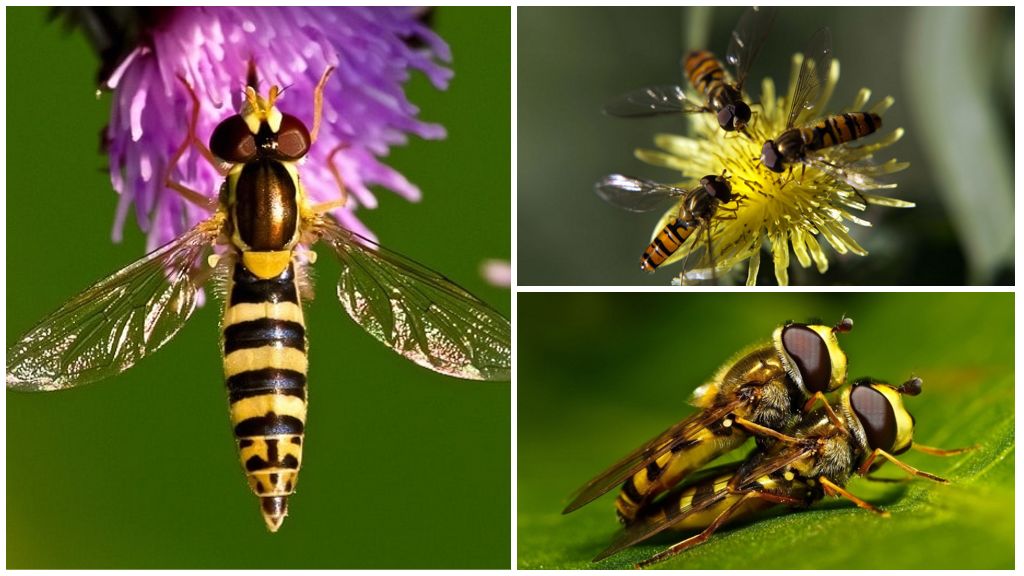
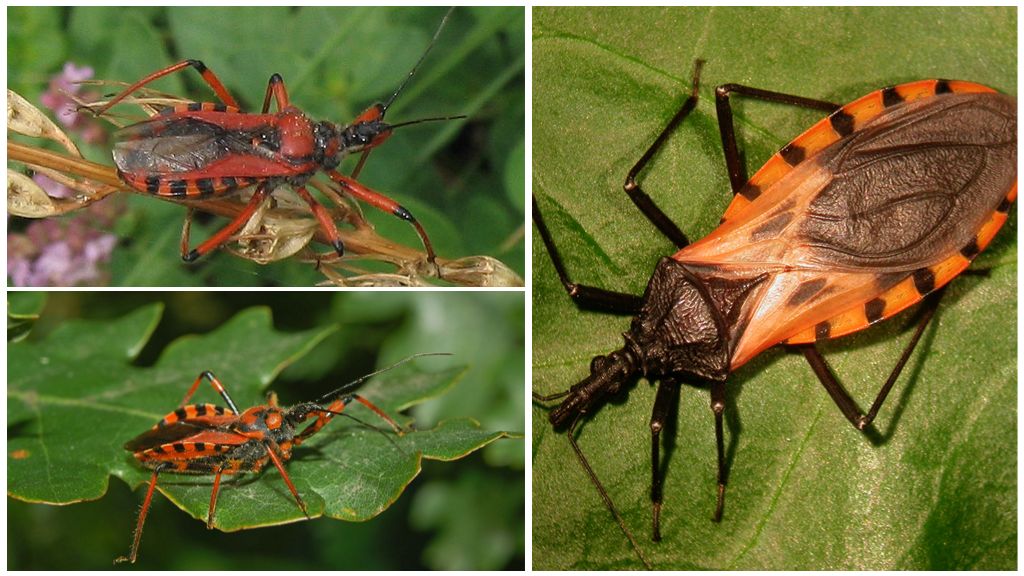
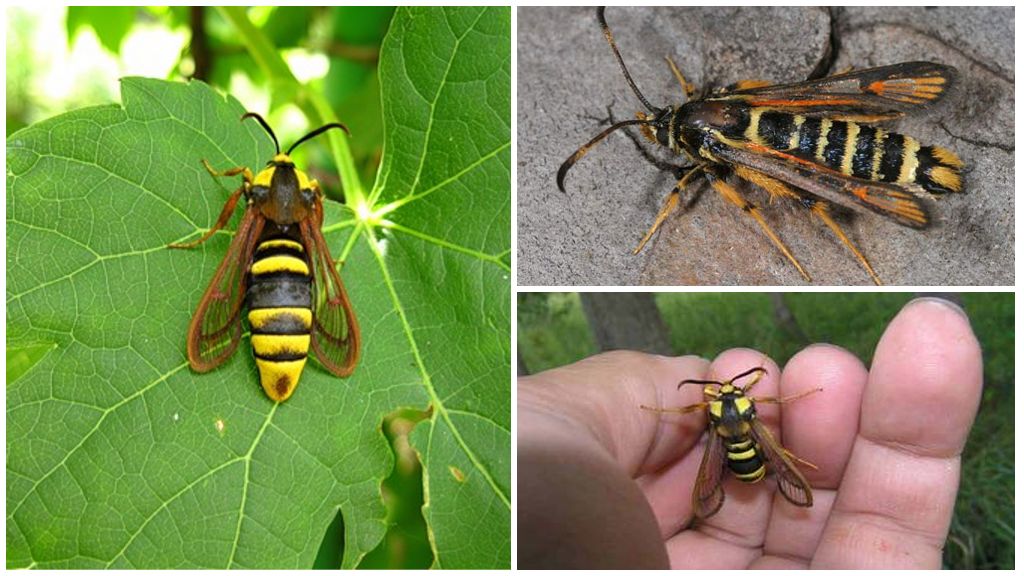
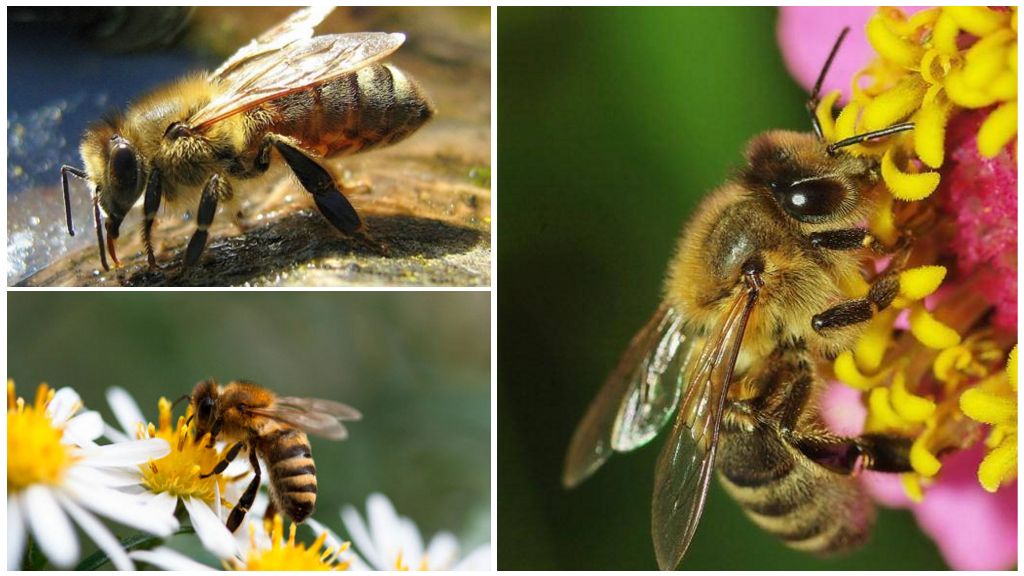
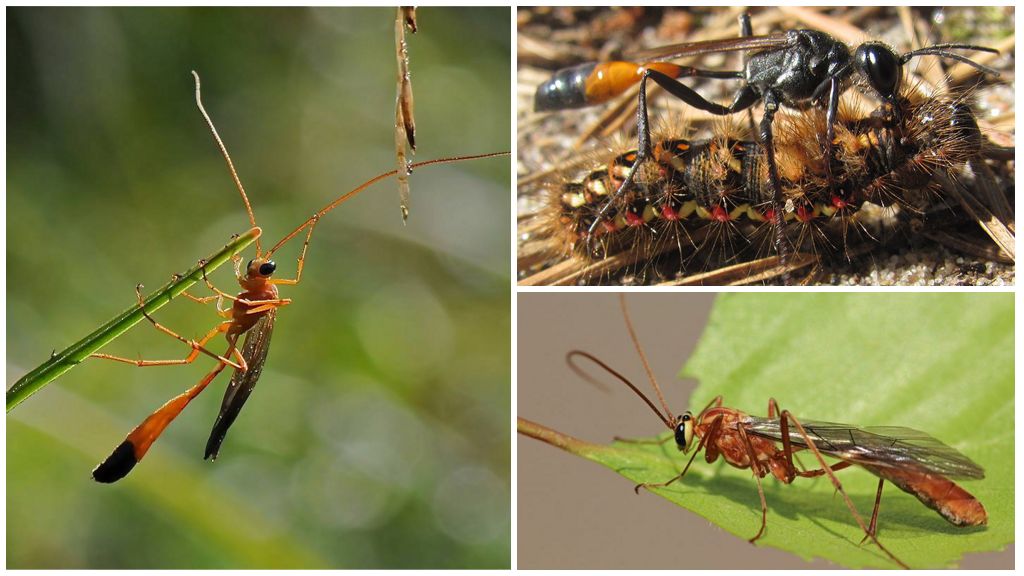
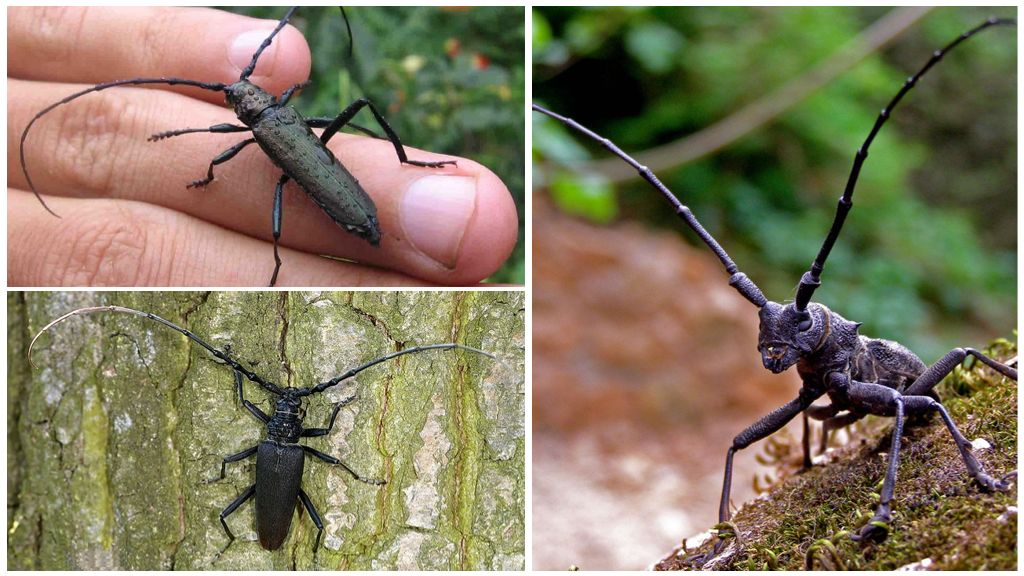

 (votes: 4, Average rating: 4.75 out of 5)
(votes: 4, Average rating: 4.75 out of 5)


